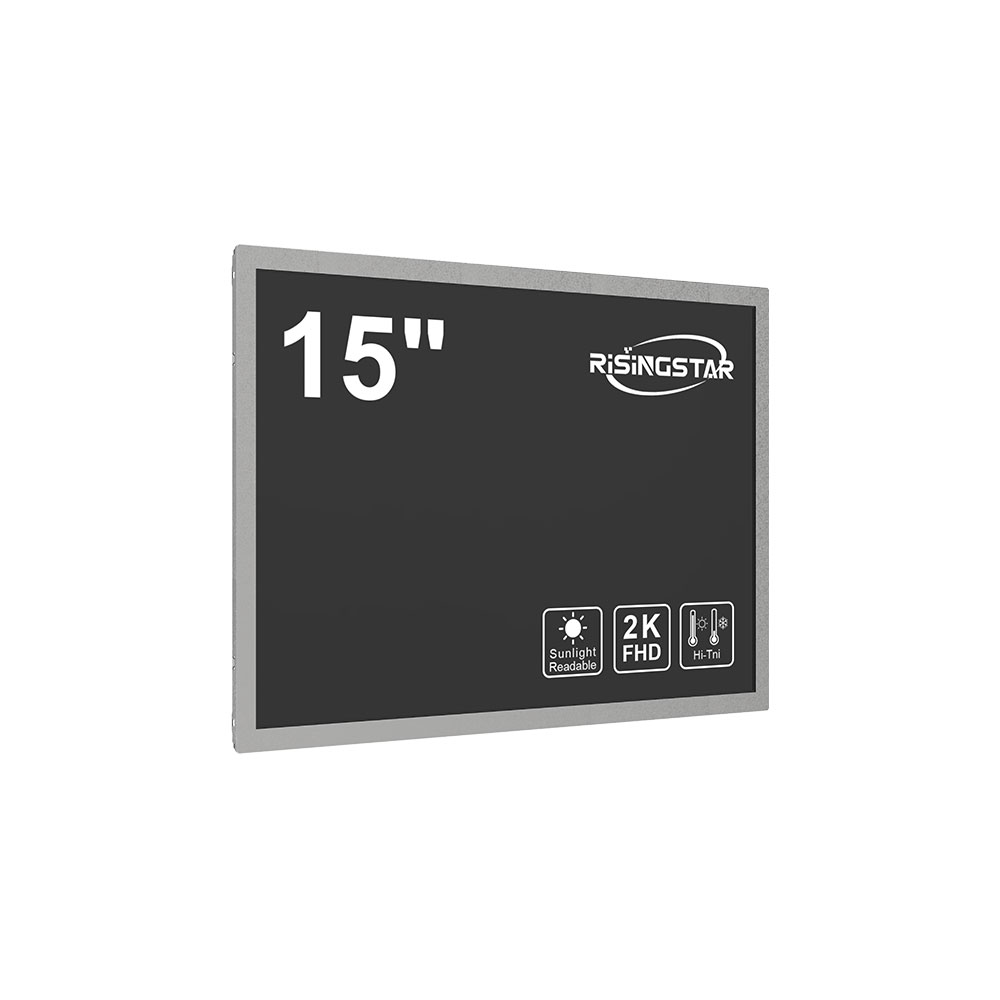High brightness monitors have become essential in modern outdoor and industrial environments where visibility under direct sunlight is non-negotiable. Whether it’s a construction site, a military vehicle dashboard, or an airport control tower, the ability to read display content clearly in intense lighting conditions defines operational safety and efficiency.
A sunlight readable high brightness LCD screen typically delivers 1000 to 5000 nits of luminance—far beyond the standard 250–300 nits found in consumer-grade displays. This extreme brightness ensures that on-screen text, icons, and graphics remain legible even under harsh solar exposure. The technology behind such displays includes advanced backlighting (often LED-based), anti-reflective coatings, and high-contrast liquid crystal layers. For example, MIL-STD-188-125 and EN 60945 standards mandate minimum brightness levels for military and marine applications, which high-brightness LCDs meet or exceed.

One key innovation in this field is the use of transflective liquid crystal technology, which combines reflective and transmissive properties. In low-light settings, the panel uses ambient light like a mirror; in bright conditions, it switches to full backlight mode—making it ideal for portable devices such as rugged tablets used in field service or agriculture. According to a 2023 report by MarketsandMarkets, the global high-brightness LCD market is projected to grow at a CAGR of 6.2% through 2028, driven by increasing demand from defense, transportation, and medical sectors.

Manufacturers like LG Display, Sharp, and BOE have developed specialized panels with features like wide viewing angles (>170°), IP65 dust/water resistance, and operating temperatures from -30°C to +70°C. These specs are critical for reliable performance in extreme climates—from Arctic oil rigs to desert solar farms. Additionally, integrating touch functionality (especially with glove-compatible capacitive sensors) enhances usability without compromising durability.
For engineers and procurement teams, selecting the right sunlight readable monitor means evaluating not just peak brightness but also contrast ratio (ideally >1000:1), response time (<20ms), and power efficiency. A well-designed system reduces heat buildup and extends battery life—vital for mobile deployments. Case studies from companies like Honeywell and Siemens show that upgrading to high-brightness LCDs improved worker productivity by up to 30% in outdoor operations.
In short, sunlight readable high brightness LCD screens are no longer niche—they’re mission-critical components in today’s connected world. As industries push toward smarter, more resilient systems, these displays will continue to evolve, incorporating AI-enhanced auto-brightness adjustment and adaptive color calibration for optimal human-machine interaction.







